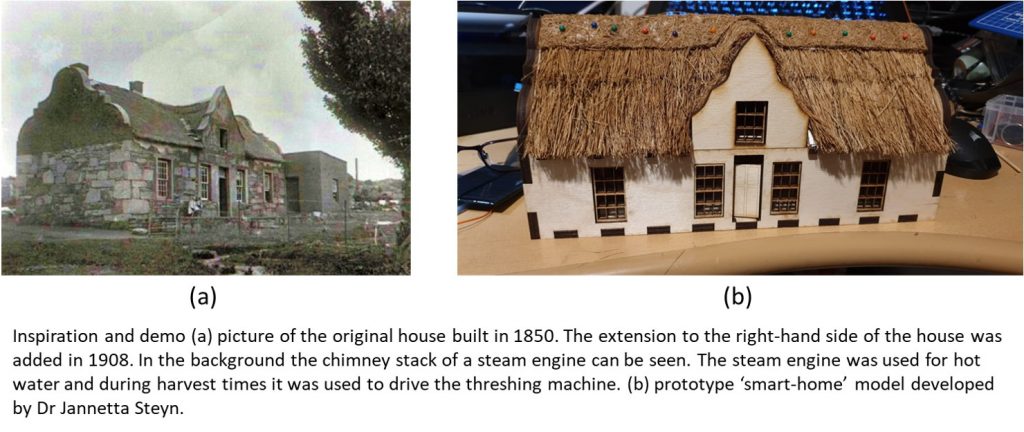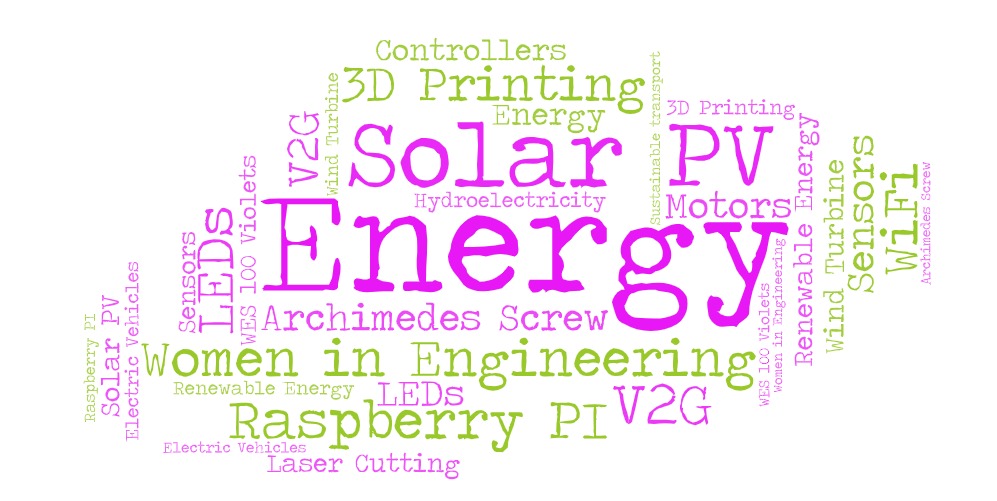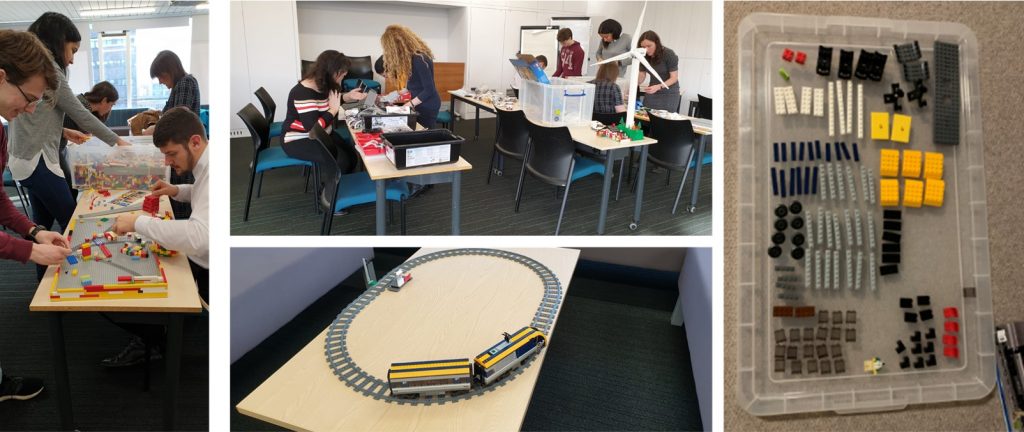About the authors:

Dr Sara Walker is Reader in Energy at Newcastle University and Director of Newcastle University Centre for Energy.

Professor David Flynn is Professor of Smart Systems at Heriot Watt University
Both Sara and David are Associate Directors of the EPSRC National Centre for Energy Systems Integration, a £20m collaborative research programme with industry and government investigating the social, ecconomic and technical value in energy systems integration.
March 2020 Budget
On 11th March 2020, the Chancellor Rishi Sunak presented to Parliament the Government budget¹. This was an opportunity for the UK Government to clearly signal its commitment to deliver on the net-zero greenhouse gas emissions target for 2050 and to also lay the groundwork for COP26 as the host nation.
Albeit the language of the previous administration associated with “industrial strategy” was dropped, the Government retained a reference to the Grand Challenges, indicating that there is likely to be continued investment into energy innovation and climate change mitigation. A key indication of this is the commitment to at least double investment in the Energy Innovation Programme.
Firstly
The first mention of issues related to energy in the Chancellor’s speech came with an announcement to continue the freeze on fuel duty. For comment on this, and other transport initiatives in the Budget, we refer you to DecarboN8’s review². In a separate announcement, Business Secretary Alok Sharma previously confirmed a £36.7 million investment to design, test and manufacture electric machines. £30 million will be used to create a national network cutting-edge centers led from Newcastle University – based in Newport, Nottingham, Strathclyde, and Sunderland – to research and develop green electric machines including planes, ships, and cars. This represents the “demonstrator” element of the Industrial Strategy Challenge Fund Driving the Electric Revolution Challenge.
And then …
The second mention of energy came in an announcement, as part of the Research and Development (R&D) spend, of £900m funding for nuclear fusion, space, and electric vehicles. As employees of research organizations, we welcome the announcement of £22bn per year by 2024-25, in research and development. However, the role of new nuclear in the Committee on Climate Change Net Zero technical report³ is relatively minor.
On housing, the Budget refers to £12.2bn for the Affordable Homes Programme over 5 years, a push for 300,000 new homes per year, and reforms to planning to accelerate development. No commitment is made to the standard of new homesª, or retrofit of existing homes, which is inconsistent with the Committee on Climate Change Net Zero report, which found that high levels of energy efficiency are needed to get close to the zero targets.
What does this mean for energy sector?
There is a clear need to improve the quality of UK homes, in a way that reduces energy use and moves us towards heating systems that use lower-carbon fuels. We need to make urgent changes in this area, from research to improve the performance of individual technology like heat pumps, to understanding possible future housing performance and the energy needs associated with that. The EPSRC National Centre for Energy Systems Integration (CESI) is looking at these types of research challenges.
The meat of the Budget from an energy perspective is in the Budget report section on “Growing a greener economy”. There is an announcement to double the size of the Energy Innovation Programme as mentioned previously, although some of this money is for R&D and therefore likely to be included in the figures above. A further £800m was announced by the Chancellor for the development of two Carbon Capture and Storage (CCS) sites through the creation of a CCS Infrastructure Fund. CCS support was removed by previous administrations but is integral to many scenarios within the Committee on Climate Change Net Zero report.
No figures are mentioned, but the Budget report includes a new support scheme for biomethane funded by a Green Gas Levy, and a Low Carbon Heat Support Scheme to enable the installation of biomass boilers and heat pumps. £270m is promised to enable new and existing heat networks to adopt low carbon heat sources, to follow on from funding of £97m for the final year of the Heat Networks Investment Project (HNIP). There is a rise in the Climate Change Levy on gas (for 2022-23 and 2023-24). The Renewable Heat Incentive is extended to 31st March 2022. Furthermore, £10m in 2020-21 is to support the design and delivery of net zero policies and programs. Heat networks are an area of research for the EPSRC National Centre for Energy Systems Integration (CESI), and we also expect to investigate more scenarios with hydrogen and CCS now that the goal for the UK has changed from 80% to a net-zero target.
And Finally
Given the critical interdependencies of our energy infrastructure to other vital services e.g. water, transport, services from public buildings, we also see opportunities to accelerate and distribute the efforts in decarbonisation by utilising the opportunities of the Making the most of Government knowledge assets initiative. The public sector holds around £150 billion of knowledge assets (intellectual property, tech, data, etc.), which is vital in shaping the operation and planning of decarbonised services. However, the absence of any Budget support for solar, wind, and storage – elements seen as vital with renewable generation four times current levels in some Committee on Climate Change scenarios – is of great concern. As is the lack of investment to decarbonise the building stock.
Getting it done isn’t the same as getting it right. And for the UK energy sector, there is very little in the budget which gives confidence that we are doing enough, let alone doing it well.
References
- https://www.gov.uk/government/speeches/budget-speech-2020
- https://decarbon8.org.uk/budget-2020-transport-we-cant-build-our-way-out-of-the-climate-challenge/ with for example: £403m for the Plug-In Car Grant; £129.5m to extend the scheme to vans, taxis and motorcycles; Vehicle Excise Duty exemption; £500m over 5 years to roll out rapid charging; removing red diesel tax relief; £304m for NOx reduction; freeze of fuel duty; £20m midlands rail hub; £5bn for new buses and cycling; £500m pothole fund; all dwarfed by the £27bn between 2020 and 2025 for road investment. Aviation is also mentioned with regards regional connectivity.
- https://www.theccc.org.uk/wp-content/uploads/2019/05/Net-Zero-Technical-report-CCC.pdf
ªhttps://assets.publishing.service.gov.uk/government/uploads/system/uploads/attachment_data/file/871799/Budget_2020_Web_Accessible_Complete.pdf “2.95 Future Homes Standard – The government is committed to reducing emissions from homes and to helping keep household energy costs low now and in the future. In due course, the government will announce plans to improve the standards of new built homes.”









